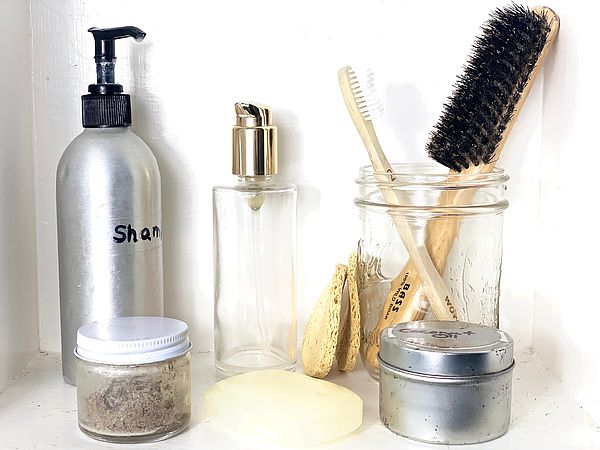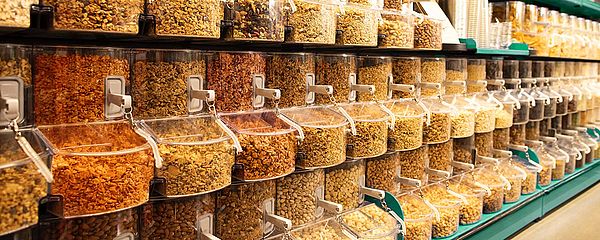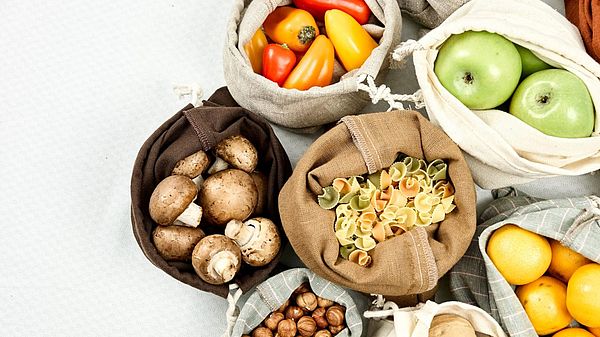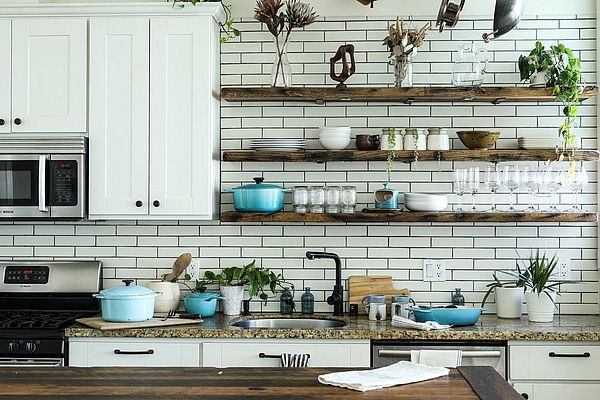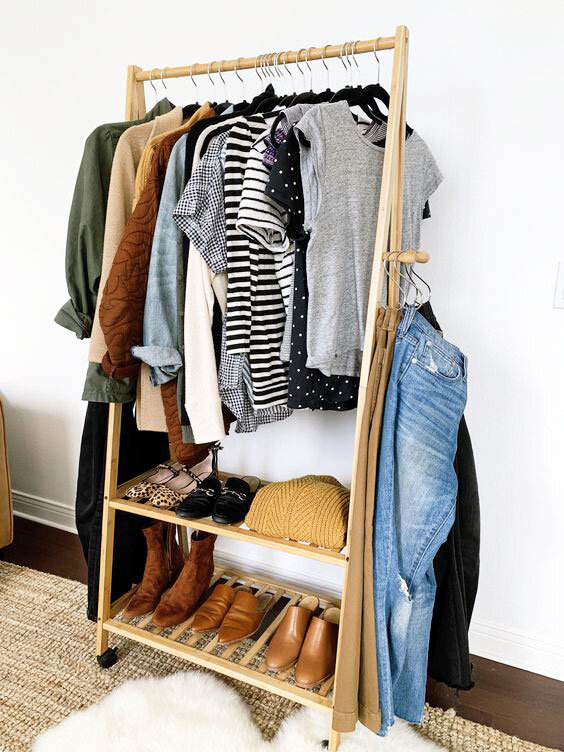Zero Waste At Home
Bathroom
Make your own products. Making your own toothpaste, deodorant, and lotion are extremely easy and a great ways to cut down on wasteful packaging.
Simplify your routine. Using less products is another easy way to reduce wasteful packaging.
Wooden or mail-back toothbrush. Investing in a wooden toothbrush that will biodegrade or finding programs to mail in and recycle your plastic toothbrush eliminates them from the landfill.
Bar soap. Bar soap is usually wrapped in paper or compostable material opposed to shower gels and body scrubs that come in plastic bottles. You can also buy bar shampoo and conditioner to continue reducing on your plastic consumption.
Recycled toilet paper. Toilet paper made from recycled paper requires less energy to make and supports recycle markets.
Explore a bidet. Bidet attachments are made for toilets. They are easy to install and eliminate the need for toilet paper all together.
Make your own cleaning products. You can make your own bathroom cleaning products that are less toxic and don't come in plastic containers. Click here for recipes
Entertainment
Switch to digital. Digital entertainment is easy to come by in the 21st century, but switching to digital movies is a great way to reduce waste.
Utilize your local library. Libraries are great to borrow books, reducing the need to buy new ones, but many libraries also rent movies and even lend out tools. Communal sharing is a great way to reduce the need to buy new.
Give gifts that don’t take up space. Choosing to bake, write a poem, or give experiences as gifts is a great way to cut down on clutter and reduce how much packaging you use.
Reusable dishware. When hosting a gathering use reusable dishware and utensils instead of single-use plastic ones. This cuts down on waste and after the gathering is over, you can continue the festivities by having a dish washing party.
Stop junk mail. Refusing junk mail and opting for paperless billing reduces waste and saves trees. Learn more about how to opt out of junk mail.
Grocery Shopping
Bring your own bags. Instead of using disposable bags at the checkout, bring your own. This also applies to produce bags. Instead of using the filmsy plastic bags provided by the grocery store, bring your own reusable ones.
Buy in bulk. Buying in bulk is a great way to reduce how much packaging you throw away. Bulk shopping can mean filling up reusable glass jars, or choosing to by larger quantities of items instead of single servings to cut down on the packaging.
Make a list and stick to it. Often times we choose to produce wasteful packaging on an impulse. When we go shopping and aren't completely sure what we need, we tend to overbuy or impulse buy packaged foods and other goods. Going to the grocery store with a list of items you are going to buy reduces the need to grab on the go.
Shop at bakeries and farmers markets. Often times local stores use less packaging for their food because it doesn't have to travel far to get to your pantry. Choosing to shop at these stores not only supports a local economy, it also produces less waste.
Kitchen
Make your own cleaning products. We are sold different cleaning products for every surface in our homes. A good way to cut down on wasteful packaging and toxic cleaners is to make your own cleaning products. Click here for recipes for your own cleaning products.
Cloth cleaning rags. Instead of cleaning with single use paper towels, use reusable cloth towels. You can even cut up old clothes or use old socks as cleaning rags.
Cloth napkins. Using reusable cloth napkins instead of paper napkins is a great way to reduce waste.
Reuse what you already have. Many kitchen items can be reused. Aluminum foil, parchment paper, plastic sandwich and gallon-size bags can all be reused if cleaned between use. When you are ready to dispose of them, consider making an investment and buying silicone baking sheets (instead of using parchment paper), beeswax wrap (instead of using plastic wrap), or cloth sandwich bags that can be reused indefinitely.
Wardrobe
Choose timeless pieces. Instead of updating your wardrobe when a new trend comes out, choosing high quality, timeless clothing that will last for years to come.
Shop second hand. When you do need to new cloth or a refreshed style, support local second-hand thrift shops instead of supporting the clothing industry. The fashion and clothing industry is the second largest polluter in the world. The energy and resources used to make and sell new clothing is staggering. The fashion industry consumes 1.5 trillion liters of water each year. Buying second hand clothing or shopping from sustainable manufacturers is a great way to show you do not support the environmental degredation the fashion industry creates.
Mend clothing. When clothing has a hole or a rip in it, try sewing or using a patch to mend it instead of getting rid of it.
Upcycle or donate old clothing. When your old clothing is not wearable anymore try cutting for use as cleaning rags. Clean, old clothes can also be donated. Check with local thrift stores to learn more about their donation guidelines.

